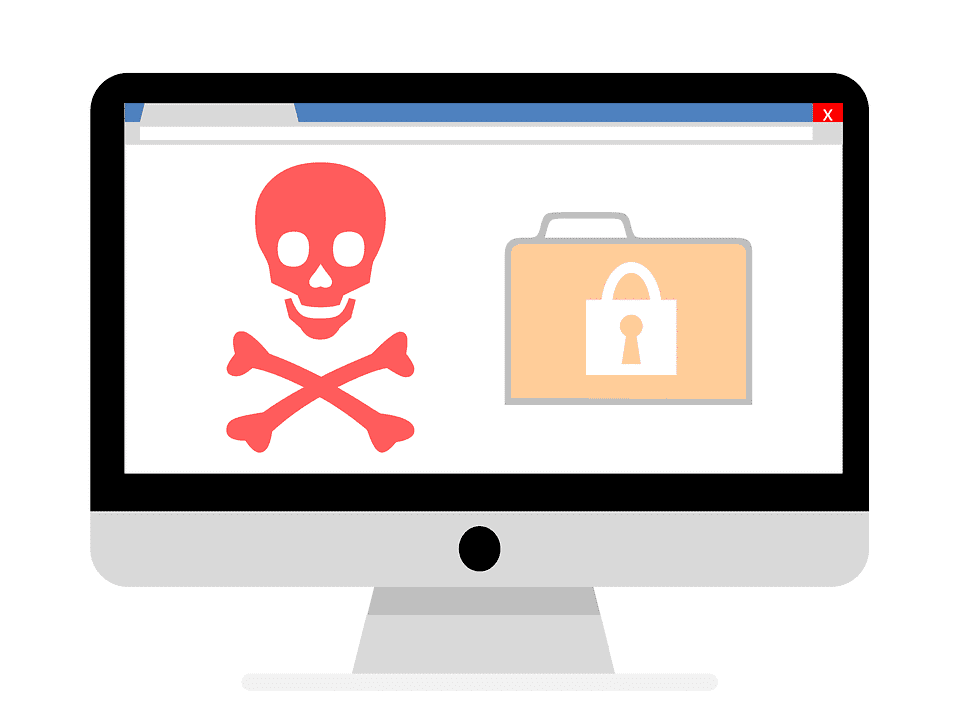Last Updated on May 17, 2024 by Arnav Sharma
Superzapping is a term that originally comes from computer security. It specifically refers to a type of software or program that can bypass normal security checks within a system to perform unauthorized functions. This tool was typically used by system administrators to correct errors or make changes where normal access would be restricted, potentially posing significant security risks if misused.
Software and Programme
Superzapping software, sometimes referred to as a program, directly interacts with the operating system or other crucial software components on a disk. These programs are designed to modify, delete, or infect data in ways that are usually not permitted under standard operating procedures, issuing commands directly to the system, thereby circumventing any established checks or protocols.
Trojans and Unauthorized Access
Trojans, or Trojan horse malware, illustrate the malicious potential similar to superzapping, but with intent to harm. A trojan horse disguises itself as legitimate software, tricking users into downloading and installing it. Once activated, trojans facilitate unauthorized access to the user’s system, much like superzapping, but for criminal purposes. They can steal sensitive data, install more malware, or encrypt files for ransom.
Normal Security and Unauthorized Access
Superzapping tools are notorious for their ability to bypass ‘normal security’ measures, gaining unauthorized access to areas of the system off-limits to regular users and even to some administrators. This is done without the usual checks and permissions that safeguard sensitive information, potentially leaving the system vulnerable to further attacks or data breaches.
The ability of a superzap program to issue commands directly to the system’s core allows it to operate undetected by typical cybersecurity measures like antivirus software or system scans. This direct interaction with the system’s core functionalities can be used either to repair or to exploit, depending on the user’s intent.
While originally a tool meant for efficiency and problem-solving within restricted areas of computer systems, superzapping has shown the darker side of such powerful capabilities when misused. In today’s digital age, where cybersecurity threats loom large, understanding and defending against all forms of unauthorized access, including those potentially introduced by superzapping, is critical. This means maintaining vigilant and advanced threat protection measures, staying aware of the latest in cyber-attack methods, and ensuring that all system users are educated about the risks of malicious software.
FAQ: Superzapping
Q: What is superzapping and how can it pose a threat to computer security?
Superzapping refers to a technique where an attacker uses a program that can issue commands directly to a computer system, often bypassing normal access controls. Originally recognized in a US Air Force report in 1974, superzapping represents a significant vulnerability because it allows intruders to update or modify data, potentially infiltrate systems, or exfiltrate personal data without permission.
Q: How do viruses like Cryptolocker work to extort money from victims?
Viruses such as Cryptolocker function as a form of ransomware, where malicious code encrypts the files on a victim’s computer. The attacker then demands payment, typically in the form of cryptocurrency, in exchange for the decryption key. This method of cyber-extortion leverages the victim’s need to regain access to their important files.
Q: What is the role of antivirus programs in detecting and removing spyware?
Antivirus programs play a critical role in the detection and removal of spyware by scanning the computer for known signatures of malicious code, monitoring suspicious behavior, and removing identified threats. They are essential tools in maintaining cybersecurity, especially in defending against various types of cyber-attacks that try to spy on users and steal sensitive information.
Q: How does phishing leverage social engineering to compromise security?
Phishing is a tactic that uses social engineering to trick users into divulging sensitive information such as passwords and credit card numbers. Attackers often create fake websites or send emails that look like they are from reputable sources, thereby deceiving users into thinking they are providing their information to a trustworthy entity.
Q: Can you explain how “trojan horse” software misleads users about its true intent?
The term “trojan horse” in cybersecurity is derived from the myth of the city of Troy, where invaders hid inside a seemingly innocuous wooden horse. Similarly, trojan horse software misleads users by masquerading as legitimate software. Once installed, it can perform a range of malicious activities from keylogging to backdoor access, all while the user remains unaware of its true functionality.
Q: What measures can individuals take to protect themselves against unauthorized computer access and malware?
Individuals can protect themselves against unauthorized access and malware by staying vigilant and aware of common cyber threats like phishing and fake software updates. Using reputable antivirus software, enabling sandboxing to isolate programs, regularly updating software to close security gaps, and being cautious about attachments and downloads are all effective strategies to enhance personal cybersecurity.
database and browser
